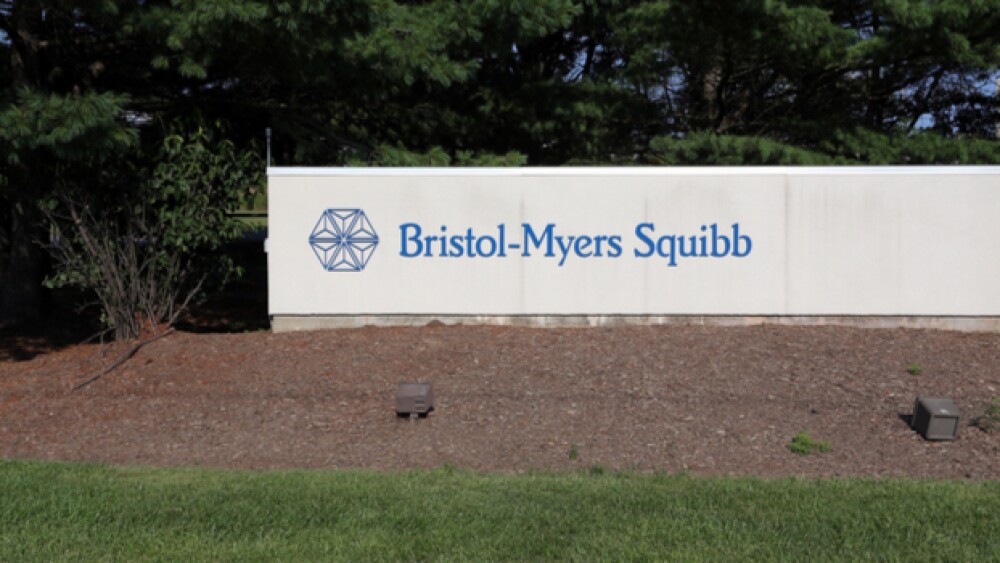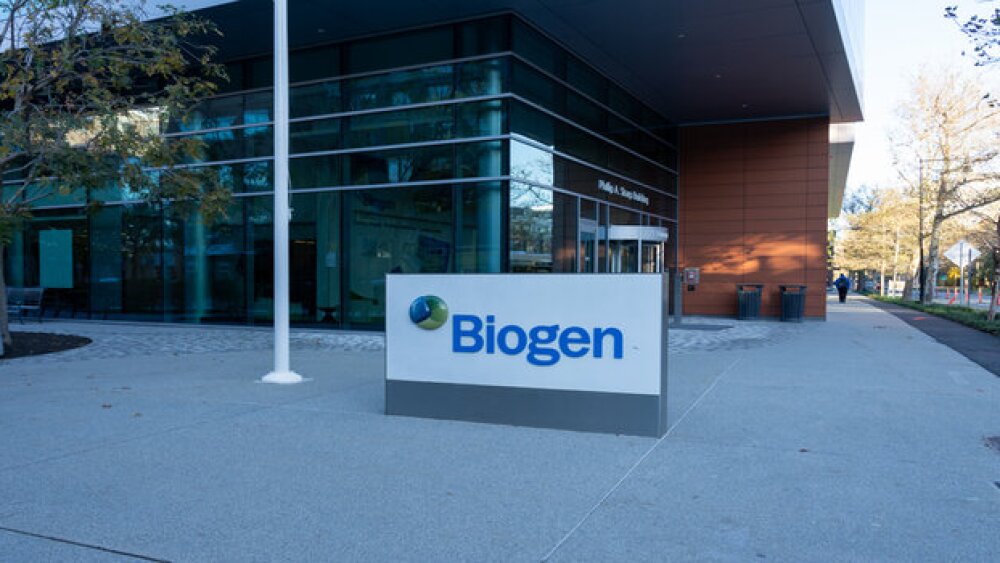Bristol-Myers Squibb and Celgene Corporation are strongly urging shareholders to submit their proxy votes as quickly as possible whether they plan to attend the April 12, 2019 Special Meeting or not. The meeting is when the official vote on whether Bristol-Myers Squibb will buy Celgene will take place.
Katherine Welles / Shutterstock.com
Bristol-Myers Squibb and Celgene are strongly urging shareholders to submit their proxy votes as quickly as possible whether they plan to attend the April 12, 2019 Special Meeting or not. The meeting is when the official vote on whether Bristol-Myers Squibb will buy Celgene will take place.
The notification feels as if it has special urgency, with bold capital letters saying, “YOUR VOTE IS IMPORTANT! WHETHER OR NOT YOU EXPECT TO ATTEND THE BRISTOL-MYERS SQUIBB SPECIAL MEETING IN PERSON, WE URGE YOU TO SUBMIT YOUR PROXY AS PROMPTLY AS POSSIBLE.”
The original bid to acquire Celgene was announced on January 3, 2019. Under the terms of the deal, Celgene shareholders will receive 1.0 Bristol-Myers Squibb share and $50 in cash for each share of Celgene. Celgene shareholders will also receive one tradeable Contingent Value Right (CVR) for each share of Celgene. This entitles the holder to receive payment when Celgene hits specific future regulatory milestones. The total equity value of the deal is about $74 million.
CVRs are a bit of a puzzle when it comes to mergers and acquisitions. The concept of milestone payments, dubbed “biobucks,” is common enough. This is most common when a pharma company buys or licenses drugs from a smaller company. The company offering the license gets paid at various milestones—hitting Phase II, Phase III or even various commercial milestones, like FDA approval. In this case, it’s an incentive for BMS shareholders that says, yes, we know Celgene’s Revlimid is facing a patent cliff, but we think their pipeline is going to make up for it.
One example of how this shook out previously was when Sanofi acquired Genzyme in 2011 for $20 billion. Genzyme was evaluating Lemtrada in multiple sclerosis in the clinic at the time. But Genzyme’s shareholders thought Sanofi’s $20 billion offer didn’t take into account Lemtrada’s potential value. As a result, Sanofi agreed to issue one CVR right for every Genzyme share in the acquisition. As Lemtrada hit various milestones, the shareholders had the potential of picking up an additional $3.8 billion.
At the time of the merger, Genzyme estimated each CVR was worth $5.58, and recommended that shareholders approve the buyout, which they did.
The Bristol-Myers Squibb-Celgene deal has also hit a snag. One of its biggest shareholders, Wellington Management Company LLP, has objected to the acquisition. Wellington owns about an 8 percent stake in Bristol-Myers Squibb. Wellington says BMS should be active in business development and M&A, but doesn’t believe the Celgene deal “is an attractive path towards accomplishing this goal.”
Wellington says BMS shareholders have to accept too much risk. They also disagree with the terms offered to Celgene stockholders. Wellington also argues that the deal is likely to be more difficult than BMS claims. Thirdly, the investment firm argues that “alternative paths to create value” for BMS shareholders could be more attractive.
Another BMS shareholder, Starboard Value, also opposes the deal. Starboard has about a 1-percent ownership share. Starboard, in an open letter, called it “poorly conceived and ill-advised.” They also are concerned about Celgene’s expiring patents and that BMS has not accounted for projected Revlimid revenue declines of 90 percent by 2026 as the result of patent cliffs.
Another group, Dodge & Cox, who opposes the deal, has a 2-percent stake.
Bram de Haas provides an in-depth analysis of whether Wellington and others can kill the deal on Seeking Alpha. He actively dismantles the three points Wellington brings up in their opposition. For example, with their note that BMS should be active in business development and M&A, he notes, “This is in contrast to a common activist theme the company should instead return money to shareholders. The latter argument would be much easier to campaign on, in my opinion.”
He also notes that their argument that BMS is asking investors to shoulder too much risk “does not make sense. As risk tends to accompany higher return prospects. For example, in this deal, the leverage increases but also earnings per share.”
The argument that the deal will be more difficult to pull off than BMS says seems to be an oblique way of saying Wellington doesn’t think BMS management can pull it off. “In that case,” de Haas writes, “the rational thing seems to be to kick out management or sell.”
Bram de Haas seems particularly amused by the “alternative pathways could be more attractive” argument. He writes, “There are always alternative paths that could be more attractive. I’m sure management would be delighted to hear which they are. Without more substance, this will not convince a lot of other shareholders. Which alternative paths? Invest more in R&D? Do smaller tuck-in acquisitions? Hire more salespeople? Do a merger with a larger rival (potentially benefitting from an acquisition premium itself)?”
In an analysis of major shareholders other than the three mentioned, the most notable are Norinchukin Zenkyoren Asset Management with 10.14 percent, Vanguard Group with 7.02 percent and BlackRock with 7.02 percent. Vanguard also owns 7.5 percent of Celgene and BlackRock owns 7.43 percent of Celgene. De Haas argues that these are unlikely to vote against the deal because they would be hurting themselves, have a deep understanding of the industry, and, “If you are going to shoot down a deal because you believe the acquirer is overpaying, you look dumb if you actually own the acquisition target.”





